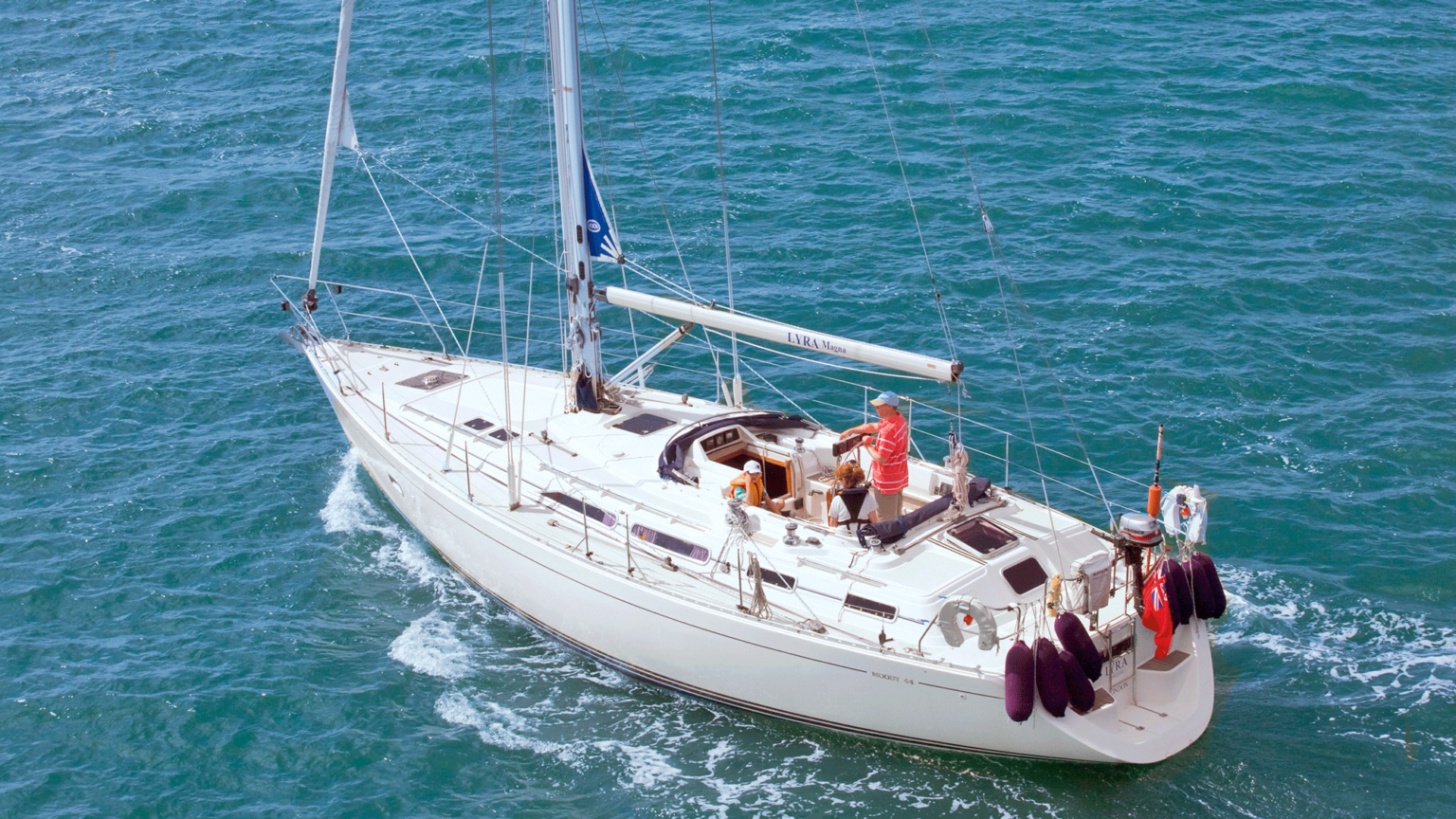Introduction to Sustainable Sailing
Sailing has long been celebrated for its thrill and freedom, yet it’s increasingly essential to address the environmental impact of our passion. This discussion focuses on how sailors can embark on a path towards more sustainable practices, reducing their boats’ carbon footprints while enjoying the open water.
Understanding Carbon Footprint in Sailing
The concept of carbon footprint in sailing encompasses the total greenhouse gas emissions directly and indirectly associated with boat ownership and usage. For many sailors, the journey to sustainability began with a realization that their love for the sea also carried responsibility towards its preservation.
An insightful journey into this realization was undertaken during an Atlantic Rally for Cruisers (ARC), where sailors observed their diesel consumption closely. For instance, a 56ft catamaran sailing from the Canary Islands to St. Lucia used approximately 60 liters of diesel, resulting in a carbon footprint around 26kg of CO2 per person. To put that in perspective, this is akin to driving an average car a little over 60 miles. While marginal compared to air travel, the journey still demanded reflection on what impact sailing truly has on our environment.
However, this is not merely about observing consumption. It includes understanding the broader implications of building, maintaining, and disposing of boats—a complex but necessary conversation for every sailor.
Assessing Environmental Impacts
Sustainability in sailing requires a thorough examination of various factors including the production, maintenance, and use of boats. For example, two different sailing habits can illustrate significant contrasts in environmental impact:
- Seasonal Sailing: A sailor frequently using a small, older boat may be more reliant on their engines for time management, inadvertently increasing diesel consumption.
- Extended Cruises: On the other hand, a catamaran owner enjoying leisurely annual cruises may utilize their sails more effectively, resulting in reduced fuel reliance.
Calculation Methods
To accurately measure these impacts, many sailors now turn to innovative tools like MarineShift360, a life cycle assessment platform becoming a gold standard within the marine industry. This technology assesses not only the carbon footprint but also the environmental impacts throughout a boat’s lifespan—from production to end-of-life.
| Boat Type | Carbon Footprint (tCO2e) |
|---|---|
| 10m Monohull | 31.5 |
| 12m Catamaran | 39.0 |
Top Tips for Sustainable Sailing
Implementing sustainable practices while sailing is both feasible and impactful. Here are actionable suggestions:
- Buy Used Boats and Parts: Selecting pre-loved vessels or components significantly cuts down on the carbon footprint associated with manufacturing.
- Reduce Diesel Consumption: Utilize sails optimally and minimize reliance on engines whenever feasible. This not only conserves fuel but enhances the sailing experience.
- Travel Sustainably: Choose environmentally-friendly travel options to reach your boat, such as trains or buses instead of planes, to reduce travel-related emissions.
- Maintain Regularly: Sustainable maintenance ensures prolonged vessel life and minimizes resource-heavy repairs.
- Install Renewable Energy Systems: Adding solar panels or wind turbines allows for cleaner, sustainable power onboard.
- Practice Responsible Waste Management: Employ recycling and waste reduction tactics to protect marine environments from pollution.
O futuro do iatismo sustentável
As the marine industry continues to evolve, innovative solutions like plant-based materials for boat building gain traction. Research by organizations focused on leisure boats shows that sub-24m vessels contribute minimally to global greenhouse emissions, a promising statistic as the industry readily adopts more eco-friendly practices.
Emerging materials like flax and basalt for hulls, along with developments in recyclable sails, signal a transformative shift toward greener yachting. National and international regulations are also pushing builders towards heightened transparency and eco-awareness, setting significant sustainability benchmarks.
Preparing for Your Next Adventure
Choosing to sail sustainably isn’t just about individual responsibility; it echoes a broader commitment to enhancing the planet’s health. Therefore, those planning a maritime excursion should always consider renting a boat as an immersive way to explore unique coasts and local cultures. Each bay, inlet, or lagoon offers stories as rich as the region’s history and cuisine. When the call of the sea beckons, why not rent a boat through GetBoat.com? A tailored sailing experience awaits!
Conclusão
Incorporating sustainable practices into sailing not only addresses individual carbon footprints but also fosters a greater appreciation for marine environments. Whether choosing eco-friendly materials, engaging in responsible maintenance, or making conscious travel choices, every sailors’ efforts matter. GetBoat.com strives to enhance your journey, offering rental options that align with sustainable goals while maximizing adventure and enjoyment. Together, let’s ensure our love for the ocean doesn’t compromise its future.
Planning for your next sailing adventure can be a multifaceted process. It provides a unique opportunity to immerse yourself in the local culture, appreciate nature’s beauty, and explore a vibrant palette of coastal life. With options for boat rentals available, it’s easier than ever to set your course through the clear waters, all while playing your part in the journey towards sustainability. Visit GetBoat.com today for an unforgettable experience.


